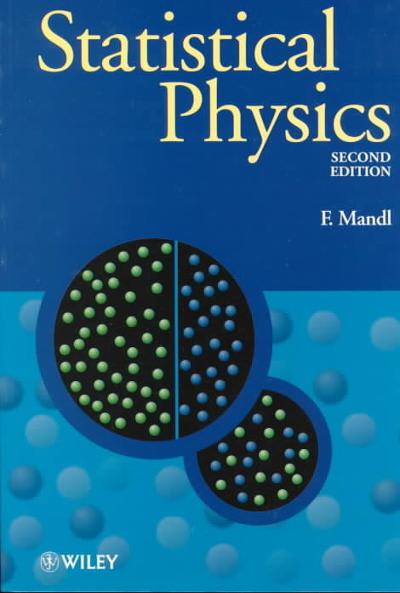Question
Diagram from Part 1: Part 2: Energy Considerations Recall, for a mass m at height y above some level where y = 0 for gravitational
Diagram from Part 1:
Part 2: Energy Considerations
Recall, for a mass m at height y above some level where y = 0 for gravitational potential energy:
Gravitational potential energy = mgy, translational kinetic energy =12mv2
For a rotating object:
Rotational kinetic energy =12I2, I is the moment of inertia, andis the angular speed.
Calculating the final velocity.
- Using the same diagram as in Part 1, write the expression (using symbols: m, yi, v, I, , g...) for the initial energy of the system (Earth + block+pulley):
Gravitational potential energy of the block + translational KE of the block + rotational KE of the pulley
- Type the expression for the final energy of the system after the block has fallen a distancey.
- Use the principle of conservation of energy to type the equation linking each term in the energy of the system at the start and end of the fall.
- Open the Simulator for this part of the lab:http://physics.bu.edu/~duffy/HTML5/block_and_pulley_energy.html
- Under the energy graph, selectshow energy for Earth+block+pulley. Adjust mass of the block to 1.2 kg (default), mass of pulley to 1 kg, choose the type of pulley asuniform solid disk (default). Note that this simulator approximates the acceleration due to gravity,g to 10 m/s2 instead of 9.8 m/s2.
- The initial height of the block is y1 = 2.4 m and the final height of the block is y2 = -3.16 cm. (These heights are coded into the simulator, but not shown to the user.)
From your equation in step 2 above, use the values of the initial and final heights tocalculate the final velocity of the block (which is equal to the final velocity of the rim of the pulley. Do you know why they are equal?)
Step by Step Solution
There are 3 Steps involved in it
Step: 1

Get Instant Access to Expert-Tailored Solutions
See step-by-step solutions with expert insights and AI powered tools for academic success
Step: 2

Step: 3

Ace Your Homework with AI
Get the answers you need in no time with our AI-driven, step-by-step assistance
Get Started


